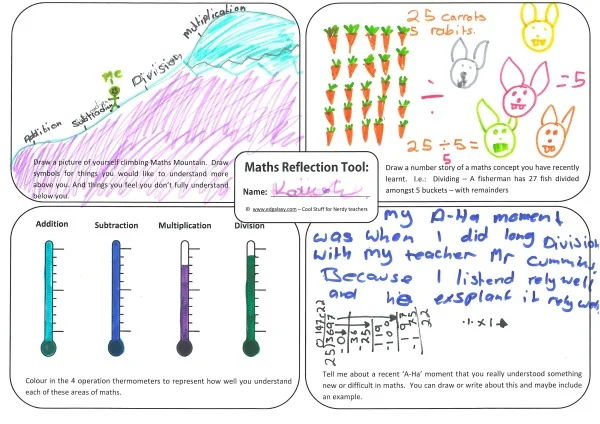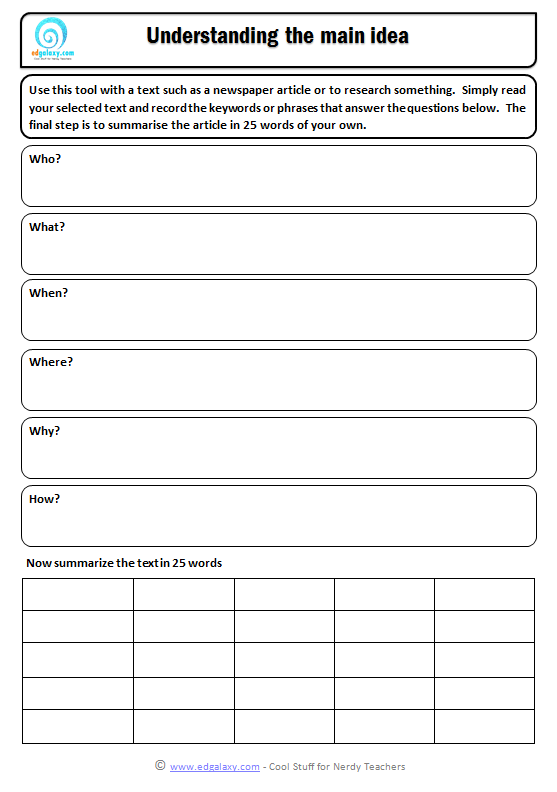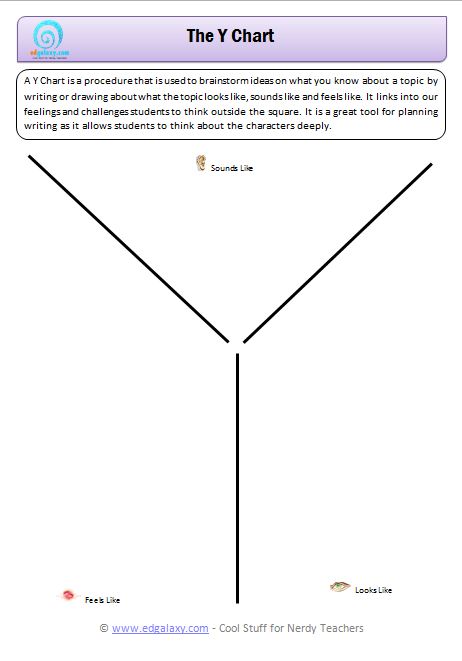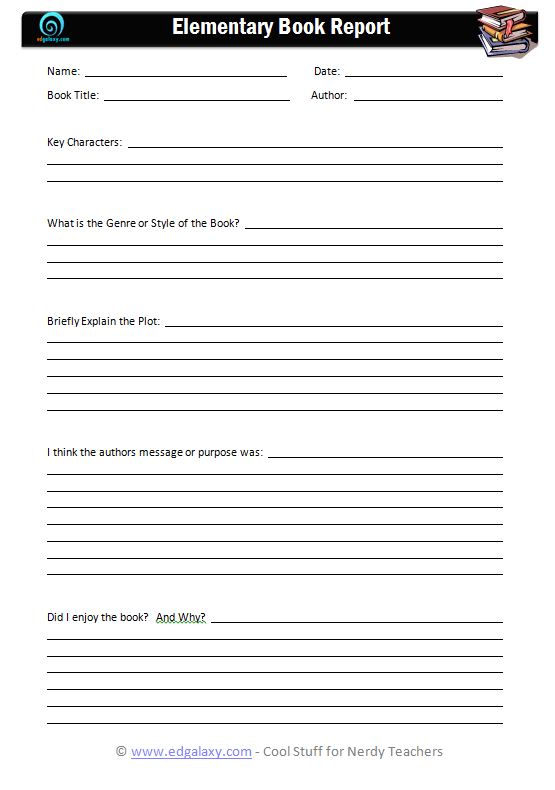Book reports are a great incentive to get students to read a great tool and think and analytically respond to the authors purpose and message.
These book report templates aimed at both junior and middle elementary students give them a great opportunity to express their thoughts on a book using simple terms and concepts they can understand.
Below is a breakdown of what makes a good book report and I would encourage teachers and students to read this before starting.
Then download either the Junior Book Report Planner or the Elementary Planner and enjoy.
What Should be Included in a Book Report?
Book report content will vary according to grade level. Middle grade-level book reports will provide the basic details about a book, a summary of the plot, and some comments regarding the student's opinions and impressions.
As students mature and advance, the book reports should include a little more.
As students enter high school and higher grades, they will start to explain and explore the messages that are contained in books--messages about life and its important experiences. Students will begin to share their own opinions about these messages (themes) contained in books.
Your Book Report Introduction
The introduction segment of your book report provides an opportunity to make a good first impression!
You should try to write a strong introductory sentence that grabs your reader's attention. Somewhere in your first paragraph, you should also state the book's title (italicized), the topic, and the author's name.
High school-level papers should include publication information as well as brief statements about the book's angle, the genre, the theme, and a hint about the writer's feelings in the introduction.
First Paragraph Example: Middle School Level:
The Red Badge of Courage, by Stephen Crane, is a book about a young man growing up during the Civil War. Henry Fleming is the main character of the book. As Henry watches and experiences the tragic events of the war, he grows up and changes his attitudes about life.
First Paragraph Example: High School Level:
Can you identify one experience that changed your entire view of the world around you? Henry Fleming, the main character in The Red Badge of Courage, begins his life-changing adventure as a naive young man, eager to experience the glory of war. He soon faces the truth about life, war, and his own self-identity on the battlefield, however. The Red Badge of Courage, by Stephen Crane, is a coming of age novel, published by D. Appleton and Company in 1895, about thirty years after the Civil War ended. In this book, the author reveals the ugliness of war, and examines its relationship to the pain of growing up.
Body
Before you get started on the body of the report, take a few minutes to jot down some helpful information by considering the following points.
- Did you enjoy the book?
- Was it well written?
- What was the genre?
- (fiction) Which characters play important roles that relate to the overall theme?
- Did you notice reoccurring symbols?
- Is this book a part of a series?
- (nonfiction) Can you identify the writer's thesis?
- What is the writing style?
- Did you notice a tone?
- Was there an obvious slant or bias?
In the body of your book report, you will use your notes to guide you through an extended summary of the book. You will weave your own thoughts and impressions into the plot summary.
Conclusion
As you lead to your final paragraph, consider some additional impressions and opinions:
- Was the ending satisfactory (for fiction)?
- Was the thesis supported by strong evidence (for non-ficton)?
- What interesting or notable facts do you know about the author?
- Would you recommend this book?
Conclude your report with a paragraph or two that covers these additional points. Some teachers prefer that you re-state the name and author of the book in the concluding paragraph. As always, consult your specific assignment guide.



















